-
 bitcoin
bitcoin $108221.513755 USD
-0.10% -
 ethereum
ethereum $3817.049350 USD
-1.16% -
 tether
tether $1.000184 USD
-0.03% -
 bnb
bnb $1081.373706 USD
1.55% -
 xrp
xrp $2.367284 USD
-2.30% -
 solana
solana $180.847708 USD
-3.07% -
 usd-coin
usd-coin $0.999936 USD
0.00% -
 tron
tron $0.322230 USD
-0.06% -
 dogecoin
dogecoin $0.190590 USD
-1.92% -
 cardano
cardano $0.626657 USD
-2.42% -
 hyperliquid
hyperliquid $37.280123 USD
6.15% -
 chainlink
chainlink $17.222315 USD
-2.46% -
 ethena-usde
ethena-usde $0.999312 USD
-0.03% -
 stellar
stellar $0.309699 USD
-0.98% -
 bitcoin-cash
bitcoin-cash $475.445788 USD
-1.02%
What is Vyper and its characteristics?
Vyper, designed for Ethereum, enhances smart contract security and readability, focusing on simplicity and efficiency for developers creating DApps.
Apr 07, 2025 at 08:35 pm
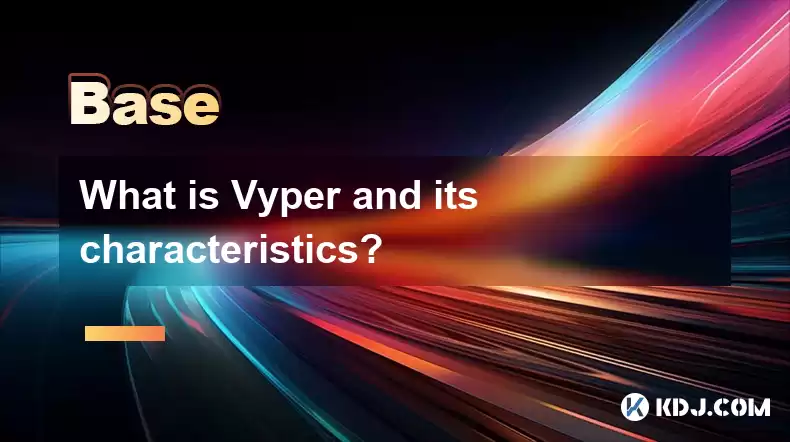
Vyper is a programming language specifically designed for the Ethereum blockchain, aimed at enhancing the security and readability of smart contracts. Developed by the Ethereum community, Vyper focuses on simplicity and safety, making it an attractive choice for developers who want to create secure and efficient decentralized applications (DApps). In this article, we will explore the key characteristics of Vyper, its advantages, and how it compares to other smart contract languages like Solidity.
Security-Focused Design
One of the primary goals of Vyper is to minimize the risk of common programming errors that can lead to security vulnerabilities. Vyper achieves this by implementing a strict subset of Python 3, which excludes features that are often sources of bugs in smart contracts. For instance, Vyper does not support class inheritance, inline assembly, and function overloading, which are known to complicate code and increase the likelihood of errors.
Vyper also enforces explicit type conversions, ensuring that developers must be clear about the data types they are working with. This reduces the chance of unintended type mismatches that could lead to security issues. Additionally, Vyper includes built-in checks for common pitfalls such as integer overflows and underflows, further enhancing the security of the contracts written in this language.
Readability and Simplicity
Vyper places a strong emphasis on code readability, which is crucial for maintaining and auditing smart contracts. The syntax of Vyper is designed to be as clear and concise as possible, making it easier for developers to understand and review the code. This focus on readability not only helps in reducing errors but also makes it easier for new developers to learn and use Vyper.
The language's simplicity is also reflected in its minimalistic approach to features. By limiting the number of language constructs, Vyper ensures that developers have fewer things to learn and fewer ways to make mistakes. This approach aligns with the principle of 'less is more,' which is particularly beneficial in the context of smart contracts where security is paramount.
Performance and Gas Efficiency
While security and readability are at the forefront of Vyper's design, the language also aims to be efficient in terms of gas usage on the Ethereum network. Vyper's compiler is optimized to generate bytecode that is both compact and efficient, which can lead to lower gas costs for executing smart contracts. This is particularly important for developers who are looking to minimize the operational costs of their DApps.
Vyper's focus on performance is also evident in its support for advanced features like decorators, which can be used to optimize certain operations within the contract. These features allow developers to write more efficient code without compromising on the language's security and readability goals.
Comparison with Solidity
Solidity is currently the most widely used language for writing smart contracts on the Ethereum blockchain. While both Vyper and Solidity share the goal of enabling developers to create smart contracts, there are significant differences between the two languages. Vyper's design philosophy is centered around security and simplicity, whereas Solidity offers more flexibility and a broader set of features.
One of the key differences is that Vyper does not support class inheritance, which is a feature available in Solidity. This design choice in Vyper is intended to reduce complexity and potential security risks. On the other hand, Solidity's support for inheritance can be useful for creating more complex and modular smart contracts, but it also increases the risk of errors if not managed carefully.
Another notable difference is that Vyper enforces stricter type safety rules compared to Solidity. This means that developers using Vyper must be more explicit about the types of data they are working with, which can help prevent type-related errors. Solidity, while also supporting type safety, allows for more implicit type conversions, which can sometimes lead to unintended behavior.
Community and Ecosystem
The Vyper community is actively involved in the development and improvement of the language. Regular updates and enhancements are made to Vyper based on feedback from developers and security experts. This collaborative approach helps ensure that Vyper remains a secure and reliable choice for writing smart contracts.
The ecosystem around Vyper includes various tools and resources that support developers in their work. Integrated development environments (IDEs) and testing frameworks are available to help developers write, test, and deploy Vyper smart contracts. Additionally, there are online communities and forums where developers can share knowledge, ask questions, and collaborate on projects.
Use Cases and Adoption
Vyper has been adopted by several projects within the Ethereum ecosystem, particularly those that prioritize security and simplicity. Decentralized finance (DeFi) projects are among the most common use cases for Vyper, given the critical importance of security in financial applications. By using Vyper, these projects can benefit from the language's security-focused design and efficient gas usage.
Other use cases include governance and voting systems, where the clarity and simplicity of Vyper's code can help ensure the integrity of the voting process. Additionally, Vyper is used in various other types of DApps that require robust and secure smart contracts.
Getting Started with Vyper
For developers interested in using Vyper, getting started is relatively straightforward. Here are the steps to begin writing smart contracts in Vyper:
Install the Vyper compiler: The first step is to install the Vyper compiler on your local machine. This can be done using pip, the Python package manager. Simply run the command
pip install vyperin your terminal.Set up a development environment: Choose an IDE that supports Vyper, such as Visual Studio Code with the Vyper extension. This will provide syntax highlighting and other development tools to help you write and debug your code.
Write your first Vyper contract: Start by creating a new file with a
.vyextension. You can begin with a simple contract to get familiar with the syntax. For example:
# @version ^0.3.7
owner: public(address)
@externaldef __init__():
self.owner = msg.sender
@external@viewdef get_owner() -> address:
return self.owner
Compile and deploy the contract: Use the Vyper compiler to compile your contract into bytecode. You can then deploy the contract to the Ethereum network using tools like Truffle or Remix.
Test and iterate: Write tests for your contract using a testing framework like pytest-vyper. Iterate on your code based on the test results and any feedback you receive from the community.
By following these steps, developers can start building secure and efficient smart contracts using Vyper.
Frequently Asked Questions
Q: Can Vyper be used for all types of smart contracts, or is it better suited for specific use cases? A: Vyper is designed to be versatile and can be used for various types of smart contracts. However, it is particularly well-suited for applications where security and simplicity are critical, such as decentralized finance (DeFi) and governance systems. Its focus on minimizing common programming errors makes it an excellent choice for projects that require robust and secure smart contracts.
Q: How does Vyper handle upgrades and maintenance of smart contracts? A: Vyper supports the use of proxy contracts, which allow for the upgradeability of smart contracts. Developers can deploy a proxy contract that points to the implementation contract written in Vyper. By updating the implementation contract, developers can upgrade the functionality of the smart contract without changing its address on the blockchain.
Q: Are there any known limitations or challenges when using Vyper? A: While Vyper offers many advantages, it also has some limitations. One challenge is its smaller feature set compared to Solidity, which can make it less suitable for very complex smart contracts that require advanced language constructs. Additionally, the Vyper ecosystem is still growing, so developers may find fewer resources and tools available compared to more established languages like Solidity.
Q: How does Vyper ensure the security of smart contracts during the development process? A: Vyper ensures security through several mechanisms during the development process. It enforces strict type safety, includes built-in checks for common errors like integer overflows, and excludes potentially dangerous language features. Additionally, the Vyper community regularly audits and updates the language to address any newly discovered vulnerabilities, ensuring that developers have access to the most secure tools and practices.
Disclaimer:info@kdj.com
The information provided is not trading advice. kdj.com does not assume any responsibility for any investments made based on the information provided in this article. Cryptocurrencies are highly volatile and it is highly recommended that you invest with caution after thorough research!
If you believe that the content used on this website infringes your copyright, please contact us immediately (info@kdj.com) and we will delete it promptly.
- Essex Post Office, 5p Coins, and King Charles: A Royal Mint Revelation!
- 2025-10-23 10:30:16
- Waymo's Newark Airport AV Tests: Alphabet's AI Gamble Pays Off?
- 2025-10-23 10:30:16
- King Charles 5p Coins: A Royal Flush in Your Pocket?
- 2025-10-23 10:35:18
- Solana, Crypto Advisory, and Forward Industries: A New York Minute on the Future of Finance
- 2025-10-23 08:51:22
- MAGACOIN: Ethereum Whales Dive into the Hottest Presale of 2025
- 2025-10-23 08:51:22
- Kadena's End of the Road? KDA Token Plummets Amid Project Abandonment
- 2025-10-23 08:55:34
Related knowledge
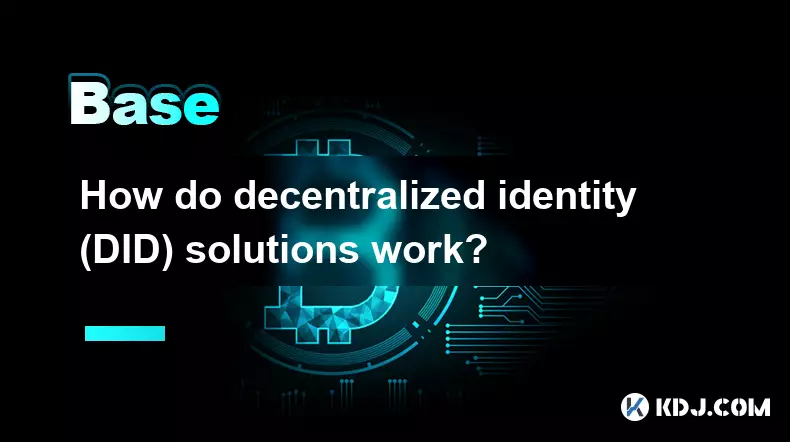
How do decentralized identity (DID) solutions work?
Oct 14,2025 at 11:36pm
Understanding Decentralized Identity in the Blockchain Ecosystem1. Decentralized identity (DID) solutions are built on blockchain networks, allowing i...
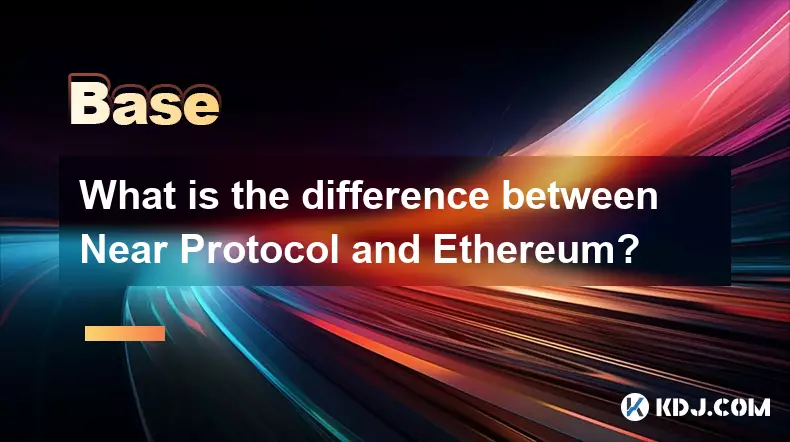
What is the difference between Near Protocol and Ethereum?
Oct 15,2025 at 08:01am
Near Protocol and Ethereum: Core Architectural Differences1. Near Protocol operates on a sharded blockchain architecture known as Nightshade, which al...
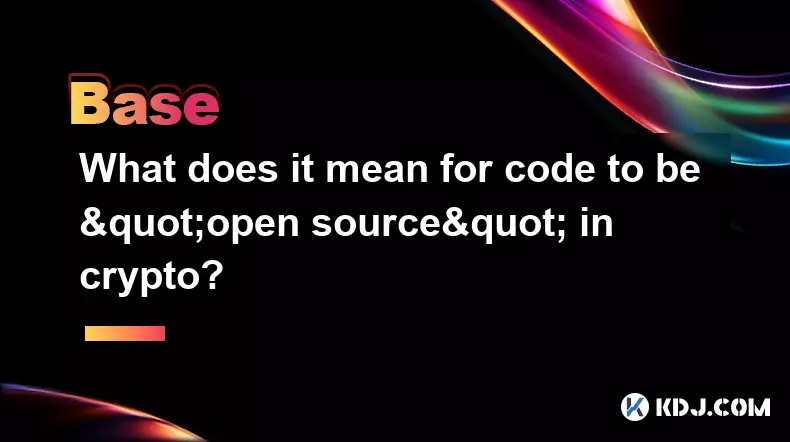
What does it mean for code to be "open source" in crypto?
Oct 12,2025 at 01:54pm
Understanding Open Source in the Cryptocurrency Ecosystem1. In the context of cryptocurrency, open source refers to software whose code is publicly ac...
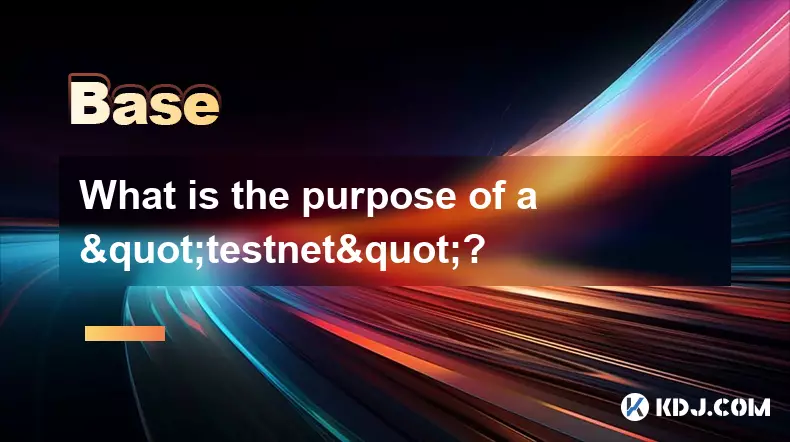
What is the purpose of a "testnet"?
Oct 12,2025 at 09:01am
Understanding the Role of Testnets in Blockchain Development1. A testnet serves as a parallel version of a blockchain network, designed specifically f...

How to avoid phishing scams in crypto?
Oct 13,2025 at 06:18pm
Understanding Common Crypto Phishing Tactics1. Cybercriminals frequently use fake websites that mirror legitimate crypto exchanges or wallet platforms...
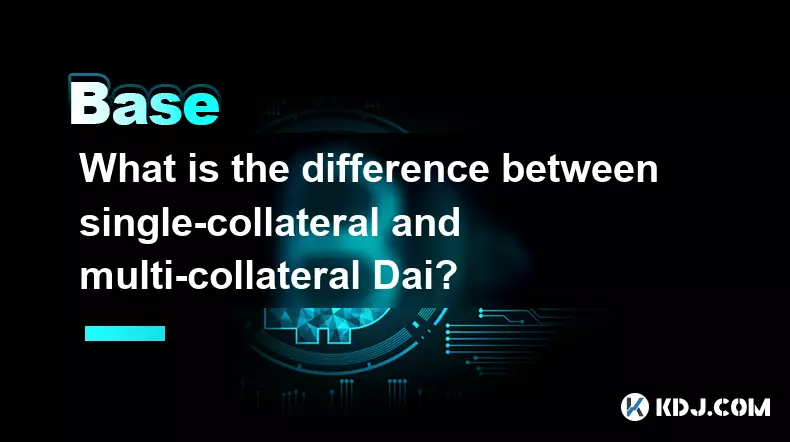
What is the difference between single-collateral and multi-collateral Dai?
Oct 12,2025 at 05:18pm
Understanding Single-Collateral Dai1. Single-Collateral Dai (SCD) was the original version of the Dai stablecoin launched by MakerDAO in 2017. It allo...

How do decentralized identity (DID) solutions work?
Oct 14,2025 at 11:36pm
Understanding Decentralized Identity in the Blockchain Ecosystem1. Decentralized identity (DID) solutions are built on blockchain networks, allowing i...

What is the difference between Near Protocol and Ethereum?
Oct 15,2025 at 08:01am
Near Protocol and Ethereum: Core Architectural Differences1. Near Protocol operates on a sharded blockchain architecture known as Nightshade, which al...

What does it mean for code to be "open source" in crypto?
Oct 12,2025 at 01:54pm
Understanding Open Source in the Cryptocurrency Ecosystem1. In the context of cryptocurrency, open source refers to software whose code is publicly ac...

What is the purpose of a "testnet"?
Oct 12,2025 at 09:01am
Understanding the Role of Testnets in Blockchain Development1. A testnet serves as a parallel version of a blockchain network, designed specifically f...

How to avoid phishing scams in crypto?
Oct 13,2025 at 06:18pm
Understanding Common Crypto Phishing Tactics1. Cybercriminals frequently use fake websites that mirror legitimate crypto exchanges or wallet platforms...

What is the difference between single-collateral and multi-collateral Dai?
Oct 12,2025 at 05:18pm
Understanding Single-Collateral Dai1. Single-Collateral Dai (SCD) was the original version of the Dai stablecoin launched by MakerDAO in 2017. It allo...
See all articles










































































